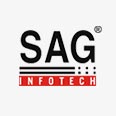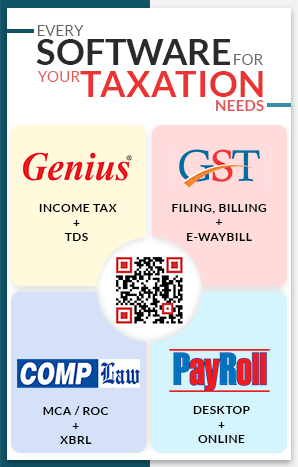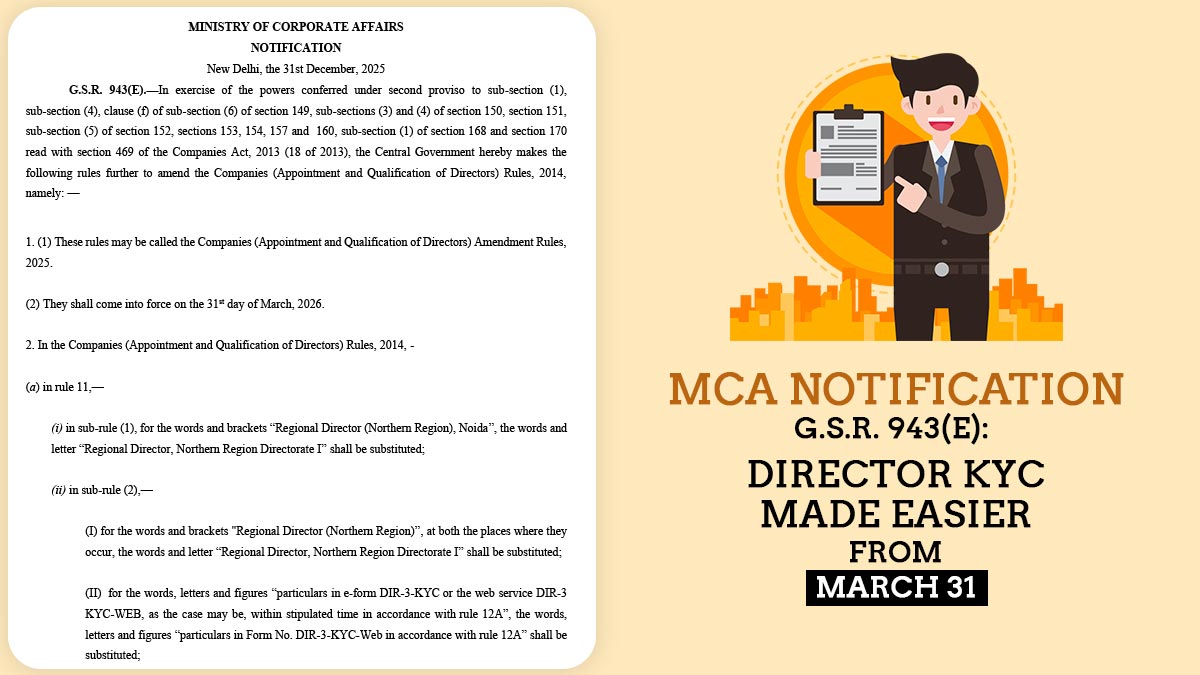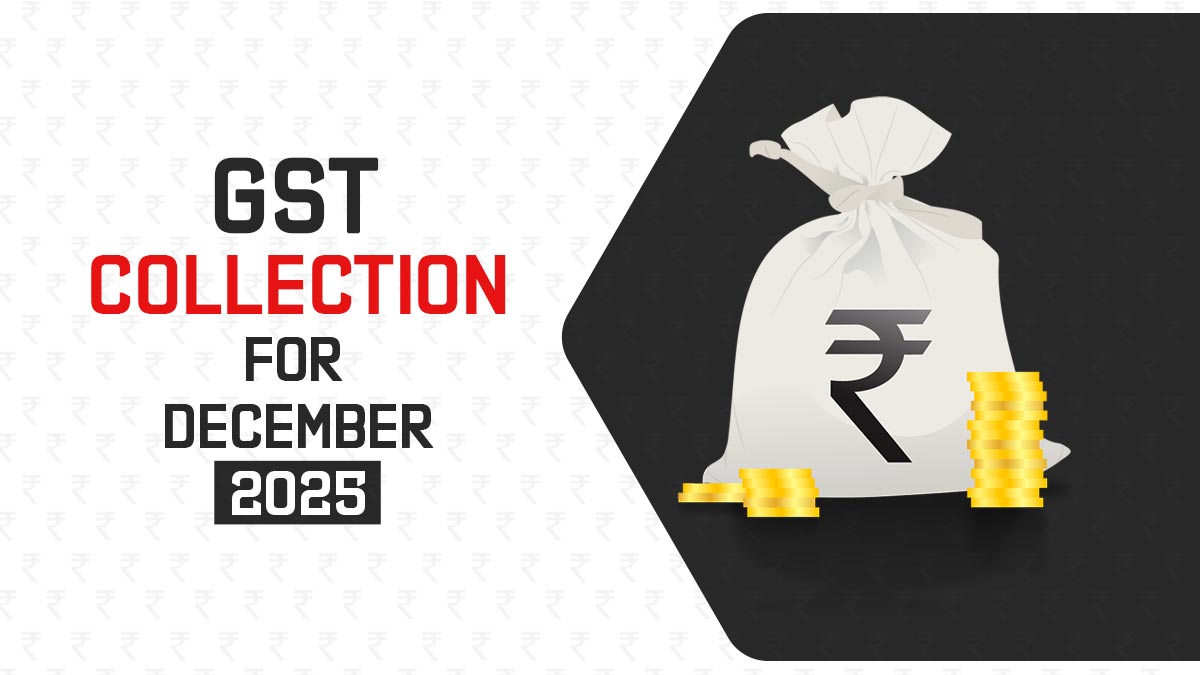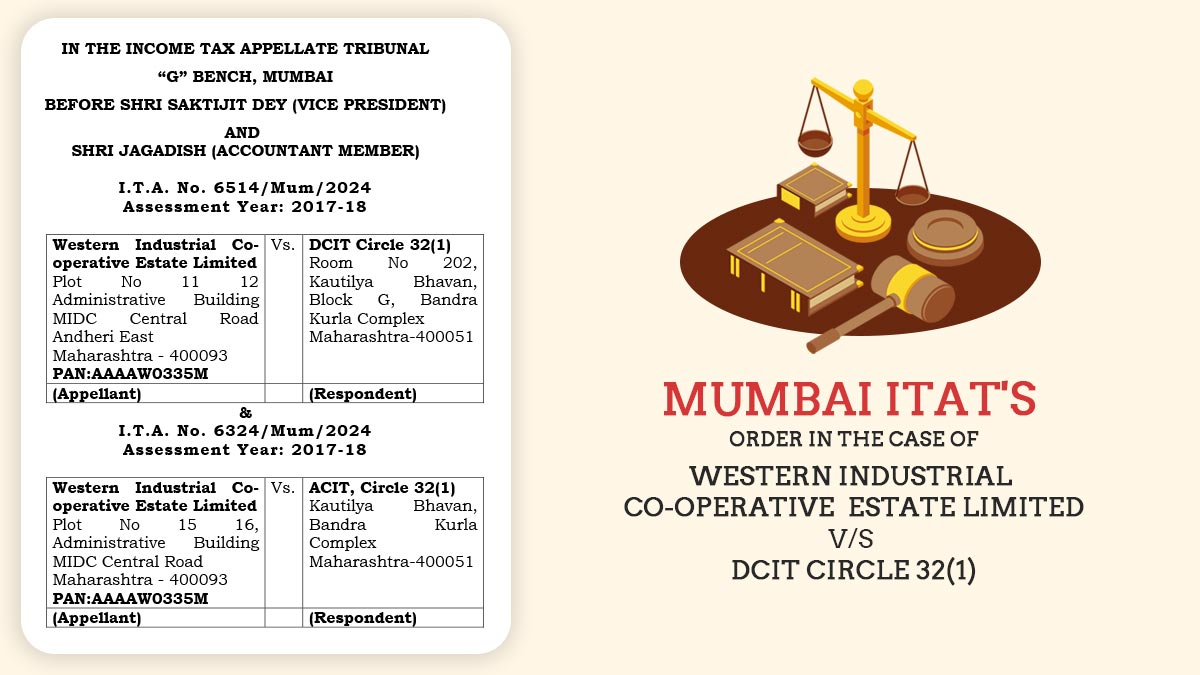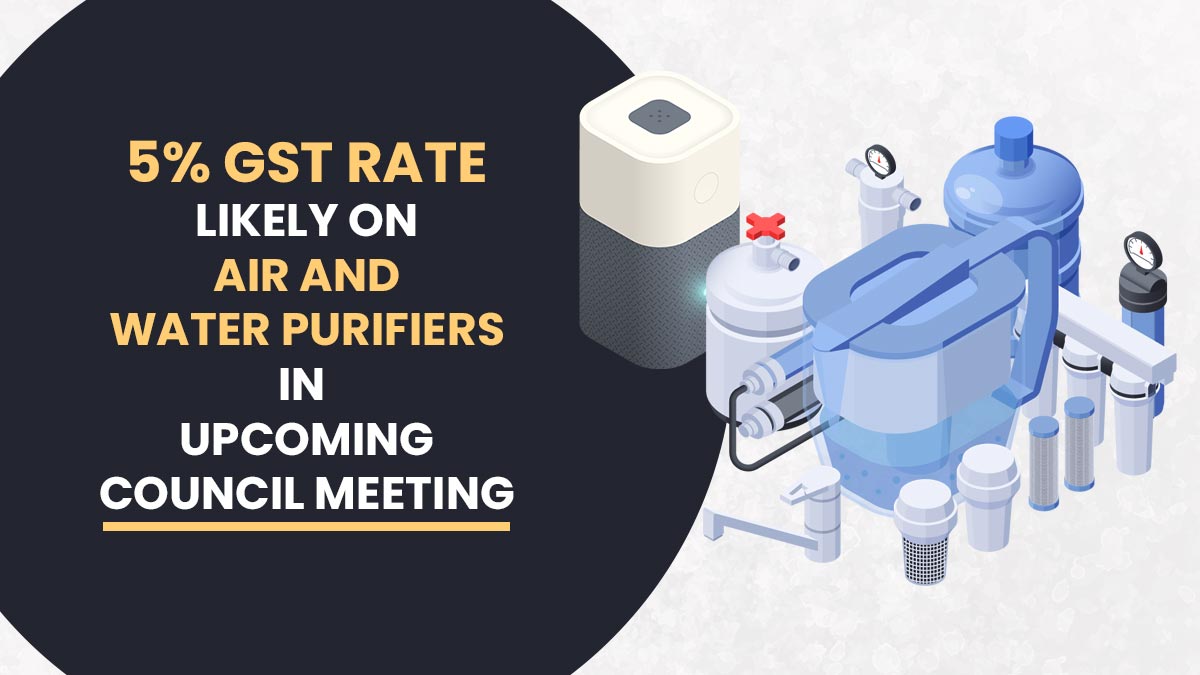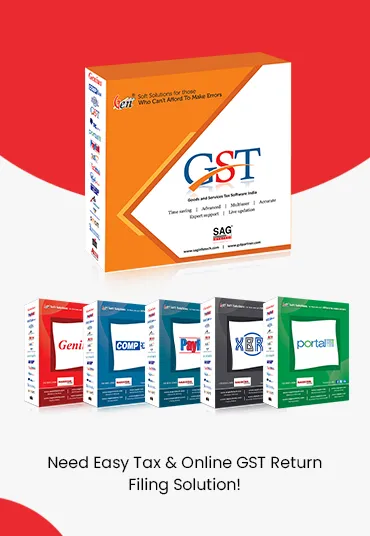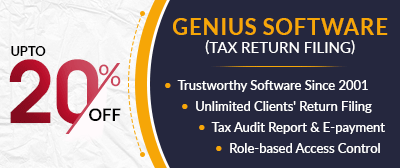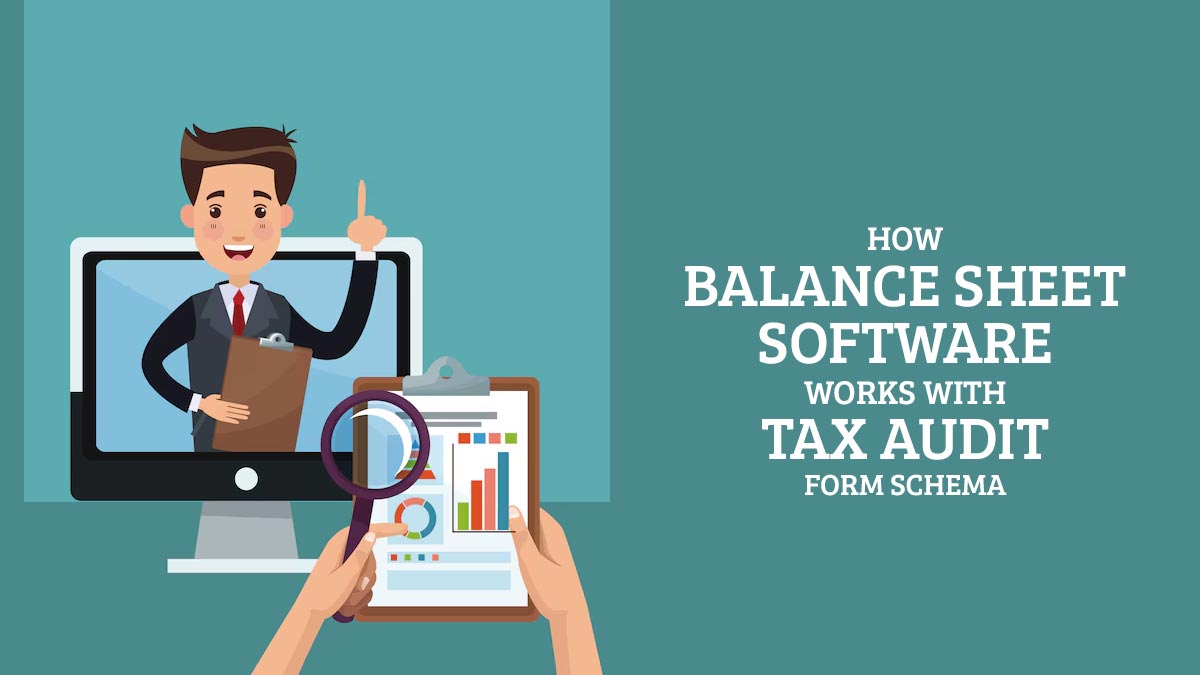
Businesses in India should be required to undergo audits so as to ensure that they are following the financial laws and regulations. Companies and professionals every year would be required to file their financial details in particular formats, like the Tax Audit Report. The same procedure involves intricacy since it deals with lengthy documents and regular updates from the tax authorities.
Balance sheet software facilitates the same task. Businesses and accountants can avoid the complexity of entering the data into forms manually with the use of this software. It connects with the important tax forms, easing the process of preparation. Let us see the working of the software and the way it could support in easing the compliance with the tax norms.
Tax Audit Form Schema
A JSON schema has been released by the Income Tax Department for tax audit forms to standardise reporting. This schema expresses:
- Data validation rules to ensure accuracy.
- Mandatory and optional fields.
- The structure of the form (fields, sections, and clauses).
- Formats for numerical data, PAN numbers, GST details, and other information.
The schema for the auditors and taxpayers confirms uniformity. But the manual entry of the data into the schema files could not be easier, and errors may occur without technical assistance.
How Balance Sheet Software Integrates the Schema
The updated balance sheet software has been made to ease the process of preparing tax audits. Below is its working-
- Automatic Tax Filing: The software, on entering your accounting details, automatically fills in the pertinent parts of tax Form 3CD, so you can avoid doing the same work again.
- Mistake Checking: The features of the software check the missing or incorrect data, helping to avoid the mistakes that can lead to issues in the process of submission.
- Straightforward Exporting: You could save your form in the format needed for online filing with one click, which makes it easier to send to the tax department.
- Simple Organisation: The software links your financial records to the required tax forms, such as income, expenses, and deductions.
The software, with the integration of such features, ensures that your financial data is transformed into an appropriate audit form ready for submission without any issue.
Advantages for Auditors and Non-CAs
For professional accountants and for small businesses, startups, and anyone else managing their finances, Balance sheet software is an effective tool.
- Saves Time: Tasks that take time to complete can be accomplished sooner.
- Fewer mistakes: Software catches mistakes such as incorrect identification numbers or mismatched numbers, which could take place when managing finances manually.
- Easy to Use: People can enter their financial data without any accounting experience with the use of the simple forms, and the software handles the data.
- Holds Up with Modifications: The software keeps ahead of the updates from the tax department, supporting the users to prevent any confusing technical problems.
Real-World Example
Let us say a small trading company is preparing its tax audit:
- The software validates the access as per the schema rules.
- The final JSON file is exported and uploaded to the IT portal.
- All sales, purchases, and expenses are entered in the balance sheet software.
- The software automatically generates financial statements.
- While selecting “Tax Audit Report,” the system auto-fills Form 3CD fields like turnover, depreciation, related party transactions, etc.
The method without the software needs manual calculation, cross-checking, and separate data entry into the department’s utility.
Tax Compliance and Technology Bridging
Balance sheet software has the tools for tax audits that offer benefits. It supports the businesses in handling their finances while ensuring they comply with the law. It specifies that the companies can adhere to the tax norms without the knowledge of complex technical details or thinking about making mistakes in tax filing.
Software enables auditors to invest their time in analysing data and deliver useful recommendations to their clients, instead of manually entering data. The service quality to clients will be improved through this approach.
Closure: Tax audits should be seamless. Information is organised under the tax audit form schema. With the right tools and the support of user-friendly balance sheet software, you can organise your financial data, identify errors, and generate files that are easy to submit. This helps you prepare your accounts effectively and ensure that your business stays ahead of revised tax audit rules.
